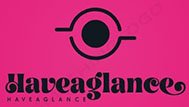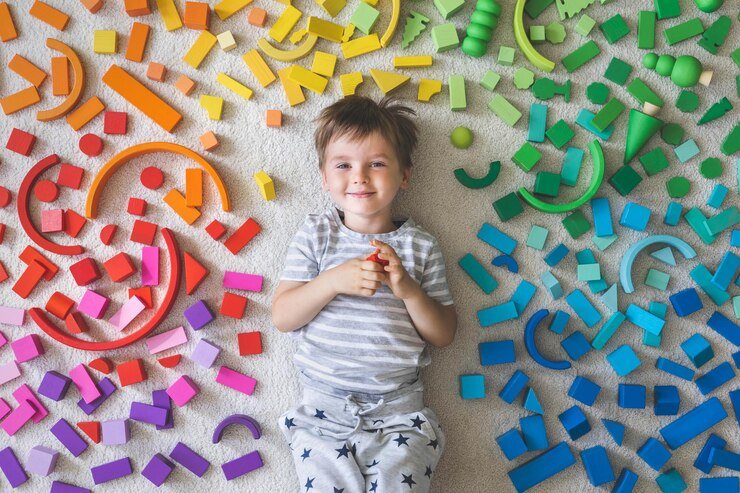The base chocolate is a mixture of cacao and sugar. Cocoa comes from the Theobroma cocoa (cacao tree), a tree that only grows in regions where it is hot and humid, it is a very special tree because it needs special conditions of sun and humidity to grow and often they grow on the same land as coffee. Two substances will be extracted from he bean which is the seed: a dry substance which is cocoa and a fatty substance which is cocoa butter. Today, more than 95 kg of chocolate are consumed every second, or 4 million tonnes of chocolate annually. Chocolate is the third-largest food market after sugar and coffee, and Europeans are the largest consumers. 50% of the annual production of chocolate is sold during the Christmas period, between 15 to 20% during the Easter period and the rest all year round, but it must also be said that chocolate is a gift product that can be offered all year round.
In France chocolate is consumed willingly black is quite pure while in most other countries it is preferred to milk.
Origin of Cocoa
Originally, the cocoa tree grew deep in the Amazon, its cradle. Parrots swarm its seeds throughout Central America. The Toltec civilization was the first to cultivate the cocoa tree, which became “The tree of the gods”, rich in legends taken up and amplified by the Mayas and the Aztecs. When Christopher Columbus discovered America in 1502, the Aztecs used the fruits of the cocoa tree in two ways:
* Like a spice, they ground the bean and flavored the dishes with it. They also prepared a “tchocoalt” beverage with cocoa butter which made it foam with a branch of a tree. They thought that the moss brought them closer to the Gods especially the great god Quetzalcoatl (god of life, light and fertility).
* Secondly, they use the cacao beans as their currency: a rabbit was worth 10 beans, a slave 100 beans. On the other hand, the Mayans knew cocoa and cultivated it mainly to accompany their rituals. But Christopher Columbus does not attach importance to this beverage. In 1519, the Spanish explorer Hernan Cortez landed in eastern Mexico, the Aztecs offered him a plantation of cocoa trees, because they saw in him the God Quetzalcóatl. He will terribly appreciate the bitter taste of this drink. In 1527 he will ship cocoa beans to Charles V, King of Spain. But in Europe, few people enjoyed this bitter brew. In 1585 Spanish monks had the idea of replacing water with milk, adding spices and honey and heating everything, the beverage was to be called chocolate, and the Spanish drank it all the time, even during the masses.
France discovers chocolate
In 1615 Chocolate is arrived in France in luggages of two queens. First the wife of King Louis XIII Anne of Austria and then his niece Marie Thérèse of Austria who married King Louis XIV. The queens arrive in France with their servants and their habits. Marie Thérèse is followed by a chambermaid called La Molina who prepares her Spanish chocolate with vanilla and cane sugar. The drink obviously becomes a must at the French court in Saint Germain, and obviously all these ladies want to have the same drink as the queen. Doctors have declared that chocolate is not good for your health, so the queen starts drinking chocolate on the sly, and the ladies organize small meetings on the sly to taste this new drink which really becomes the latest drink in the fashion. In 1659 David Chaillou was the first French chocolatier in Paris. This nectar then conquered all the European capitals.
In 1682 the court of France moved to Versailles, three times a week the king organized what are called apartment evenings, the whole court was invited to come and have fun in the large apartment of the Palace of Versailles, where refreshments and snacks are served, chocolate flows freely. On November 25, 1696, the king returned to Fontainebleau, he decided to remove chocolate from snacks because it was expensive. In The king completely stops providing chocolate to the guests who took him to Marly and it’s a shame because it was said that in Marly we drank the best chocolate. So for everyone this is very bad news. Chocolate became the center of all the passions of the 17th and even the 18th century.
Chocolate Revolution
France experienced the revolution of 1789 and hardly cares about cocoa anymore. It is a small country will become the king of chocolate: Switzerland.
In 1828 the Dutchman Coenraad Johannes Van Houten produced cocoa powder. He will use hydraulic presses and press the beans hot, and extract the fat: the cocoa butter. This operation will allow manufacturers to add cocoa butter to the cocoa paste. And it was the English who were the first to mold chocolate.
Great chocolate makers (Swiss): Tobler, Peter, Suchard, settle on the shores of Lake Geneva and engage in creative competition. They invented white chocolate, milk chocolate, chocolate with hazelnuts, and perfected the manufacturing stages.
The first industrialist in France who released the mini-tablets is “Menier”. At the end of the 19th century, school became compulsory in France, the bowl of chocolate milk before school appeared, and it was “Poulain” the first to industrialize cocoa powder.
In the 80s France was invaded by Belgian chocolate and as result of that the French artisans who wanted to prove that they too made good chocolate. And it is chef Gaston Lenôtre, a precursor of French chocolate: darker and less sweet chocolate. Chocolate entered the court of gastronomy from the 90s, and as with wine, we talk about the origin of cocoa, the name of the plantation and sometimes even the year of harvest of the beans.
More and more chocolate shops are offering more refined chocolates that offer ganaches with incredible flavors that are bolder every year, great restaurants are now offering salty chocolate sauces, and some lounges are offering tastings of great cocoa wines. But nothing can compete with the pleasure of a good old chocolate bar to crunch in front of the TV or the heaps of vaguely chocolate industrial confectionery.
Some good addresses
For people looking for good addresses for chocolate, there is a guide « Le Guide des Croqueurs de Chocolat » which has an edition every year (like the Michelin guide).
Here are some essential addresses for chocolate artisans :
- La Maison du Chocolat in Paris: The first Parisian brand was opened in 1977, the house offers a wide range of traditional confectionery with a contemporary touch.
- Pierre Hermé in Paris: you can’t talk about chocolate without talking about Pierre Hermé, bold creations and exotic flavors.
- La Maison Pierre Marcolini in Paris: although Pierre Marcolini is of Belgian nationality, but his address is an essential destination for chocolate lovers in Paris, the best part of the house is the on-site torification of the beans.
- Maison Darricau in Bordeaux: Established on Place Gambetta since 1915, an address not to be missed. Their must, the “Grains de sable” of small cubes of pralines coated with hazelnut, a real delight, not to mention the truffles with a touch of fleur de sel (flower of salt).







